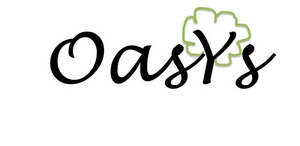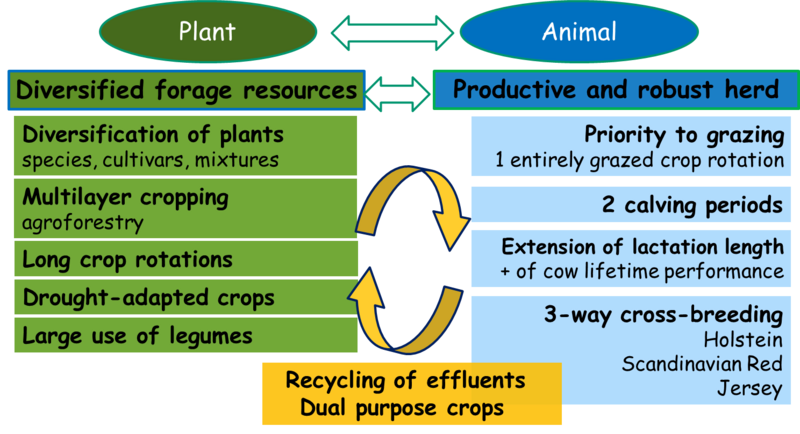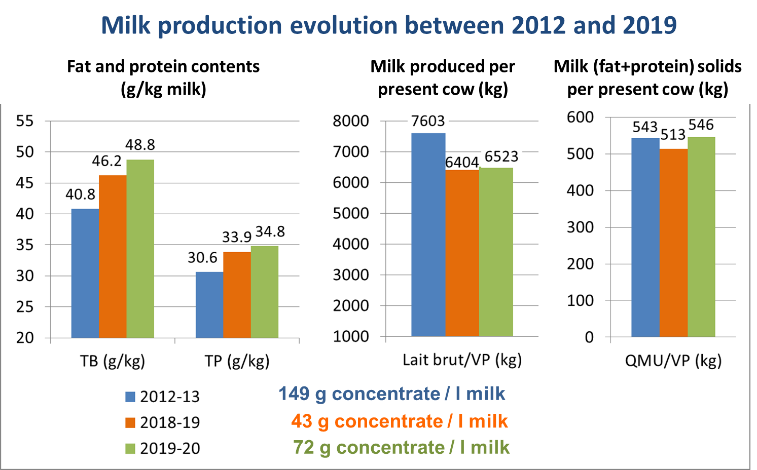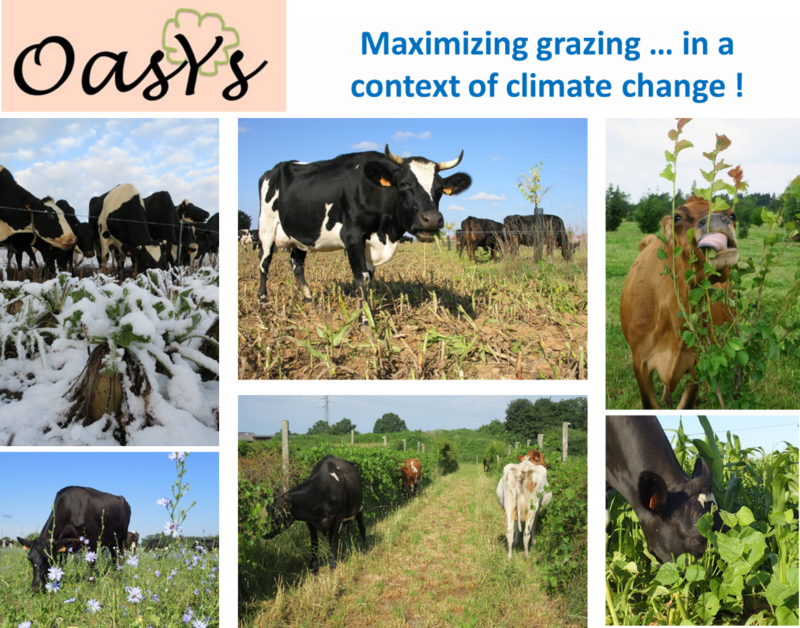OasYs system experiment - a Research Infrastructure interacting with stakeholders

OasYs is an agroecological dairy cattle system aiming to be adapted to climate change. Redesigned through a collaborative approach, it is carried out as a system experiment at the farm scale in an INRAE facility located in a French plain area already affected by summer droughts.
Aim
Enabling farmers to live from their dairy cattle system in a context of climate change, while saving water and fossil energy resources and contributing to a sustainable agriculture.
Short background information
- 2012-2013: collaborative design of OasYs with various stakeholders
- June 2013: implementation on an INRAE facility (Lusignan, Vienne, France)
Funding
INRAE, French Ministry of Agriculture, Fondation de France, European and national projects
Activities
- Forage diversification
- Year round grazing
- Browsed fodder trees
- Integrated livestock breeding strategies
- Multicriteria assessment

Methods, stakeholder engagements and tools
OasYs is an innovative system redesigned through a collaborative approach with various stakeholders. It relies on an agroecological approach, based on the diversity of the system’s components and their functions, and aiming to adapt a low-input farm to climate change. It is experimented at the farm scale on an INRAE facility. The forage system (90 ha) produces the fodder necessary to feed the dairy cattle herd (72 milking cows, and replacement heifers) without irrigation and with limited use of mineral nitrogen fertiliser, whatever the climatic hazards. The forage resources are diversified (including fodder trees) and priority is given to their grazing. The livestock breeding strategy is in coherence with the forage system, with two calving periods in spring and autumn, the extension of lactation length to 16 months and the three-way crossing of dairy breeds (Holstein, Scandinavian Red, Jersey). The system is evaluated in terms of its production performance, as well as its environmental and socioeconomic performance. It is a place for exchange with stakeholders.
Achievements
- The nutritive value of 31 tree, 14 shrub and 7 liana species has been assessed
- Diversity of grazing resources enabled extension of grazing period
- The increase of fat and protein contents offset the decrease in milk production
- The system allowed 1.5 labor units to be remunerated at a rate equivalent to the income of two minimum wage earners

Further information and links
- Fodder trees on dairy farms. Link to Publication
- Integrating agroforestr into an innovative mixed crop-dairy system. Link to publication
- OasYs presentation, held at the 1st pilot network meeting

 tap and then scroll down to the Add to Home Screen command.
tap and then scroll down to the Add to Home Screen command.